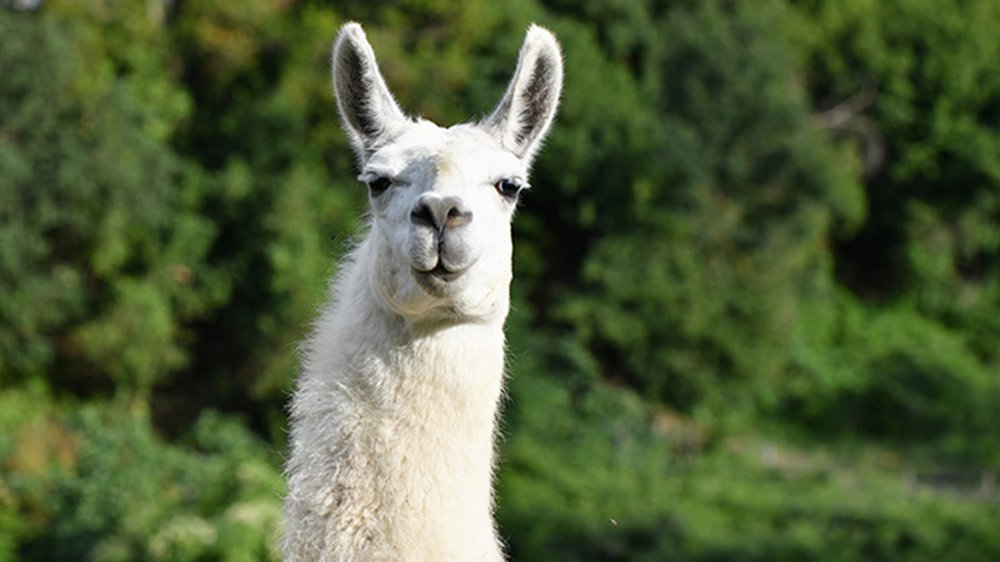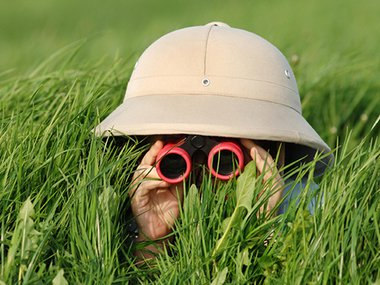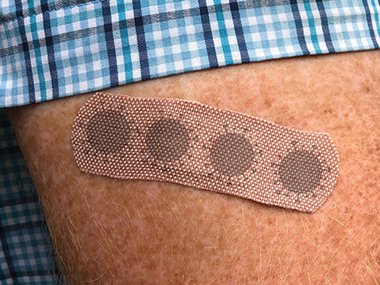Question Your World: Can Llamas Help Combat the Coronavirus?
We're starting the new year with three coronavirus vaccines approved for use and slowly starting to make their way to people, but we still have a lot of folks left to vaccinate. This means a lot longer that we'll need to continue social distancing, wearing masks, avoiding crowds, and washing our hands frequently in order to protect our families, communities, and the limited resources of our hospitals.
Now, the challenge facing the medical world is not simply about getting these few approved vaccines to everyone. Their challenge is to continue to make more types of vaccines, which can be created and distributed easily to diverse populations worldwide. The journey to the many different treatments involves many different paths. This one involves llamas. Can llamas help combat the coronavirus?
Researchers just published an unexpected -- but fascinating -- article on llamas, the virus, and the pursuit of additional medical approaches to the pandemic. This science story goes back and forth a lot, so buckle up for this llama-to-coronavirus medical journey.
First of all, the virus itself has an outer coating known as the spike protein, the spiky thing you’ve probably seen many images of in the news. Those spikes kind of act like keys to our cell membrane: that’s how the virus physically gets in and infects our cells.

Image credit: Getty Images
Okay, now, back to the llamas. Camelids, the family of critters including camels, alpacas, and llamas, naturally produce tiny little antigen clinging blobs called nanobodies. These nanobodies can cling to foreign objects which ultimately marks them for removal by the immune system. This is kind of like painting a bright red X on a tree that needs to get cut down by your local forestry department.
Now, back to the researchers. These scientists took the exterior coating of the virus and trained llama-made nanobodies to cling to spike proteins. The idea here is that these nanobodies will detect and cling to the outer coating of the virus and thus prevent those spikes from gaining access into cell membranes. Imagine putting some goo or tape on the tip of your key, physically preventing it from being able to unlock the door.
The hope is that this treatment could also be created in aerosol form for patients to coat their nasal passage and lungs. Some individuals won’t be able to use traditional needle-delivered medicines due to existing health conditions, so having additional treatments will be vital for vaccinating our entire planet.
Much more testing is needed before this moves to medical trials, but it’s a hopeful sign for diverse options for our diverse population. Perhaps one day it’ll mean no needles? No prob-llama!
The Museum is hard at work helping you to discover your world despite dramatically reduced financial resources. If you'd like to help us continue this work, click here to learn how.


